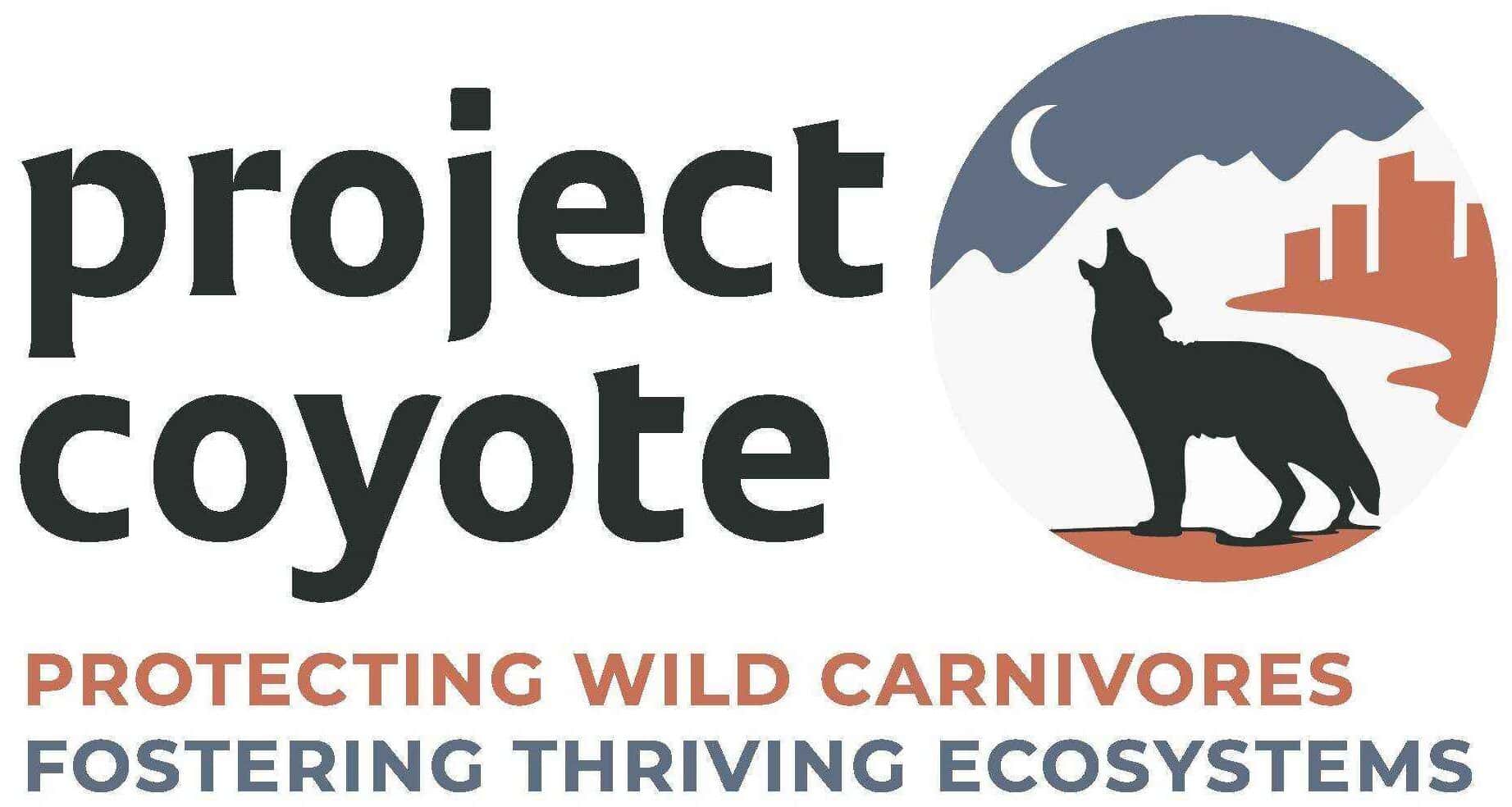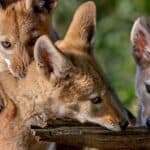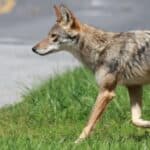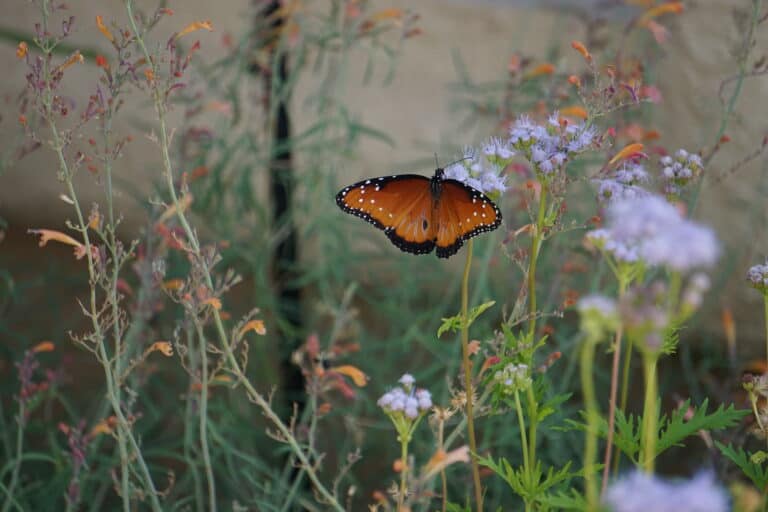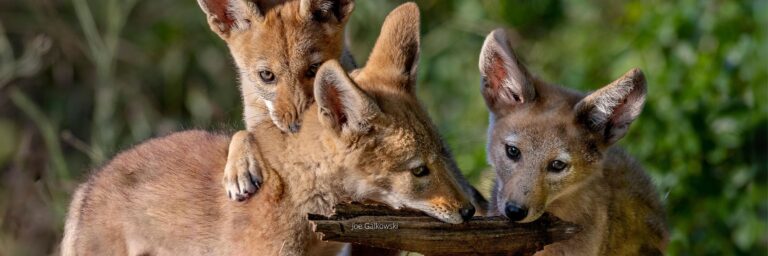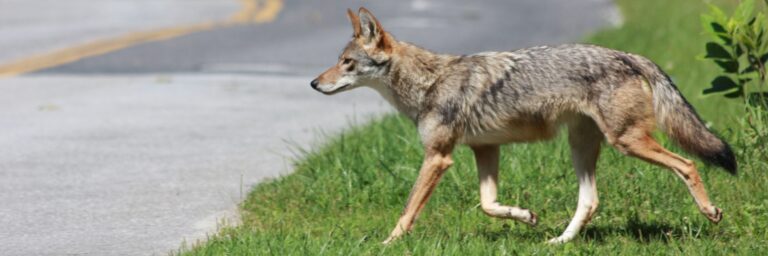From Advocate to Activist: Cheryl Alexander and the outsized influence of Takaya the Lone Sea Wolf
To hear the howl of a wolf is to vibrate with an ancient wildness, to feel at once haunted and elated, as if some deeply buried yearning has been stirred from a generations-long sleep.
Being in the presence of a wild animal, or a wild place, allows us to regain some small part of our own animal-ness. We insulate ourselves in houses, offices, cars, malls, and curated landscapes, all the while craving the rawness of nature. Many of us seek a connection with the plants and animals that raised our species from infancy, and whom we’ve all but left behind in our frantic rush toward modernity.
In 2017, wildlife photographer Cheryl Alexander spoke to Project Coyote about her remarkable connection with a lone sea wolf named Takaya. At about two years of age, Takaya swam from a headland on Vancouver Island, British Columbia, to a cluster of small, uninhabited islands more than a kilometer off the coast. He continued to live on the islands alone for eight years, surviving mostly by eating seals. Sometimes, his piercing howls caught the wind in just the right way to reach the ears of people milling the urban streets in the nearby city of Victoria.
Cheryl first spotted Takaya in 2014, and was so enchanted by his presence that she spent thousands of hours over the next six years observing his behavior up close. She gathered enough material to eventually author an adult book and two children’s books, and produce a documentary about his island life. Cheryl was able to witness Takaya’s daily routine, from his habit of watching the sunrise, to his unique ability to find sources of food (from goose eggs to intertidal fish) in a territory lacking normal prey for a wolf. In times of drought he actually dug for fresh water. Above all else, it was Takaya’s howl that enthralled Cheryl.
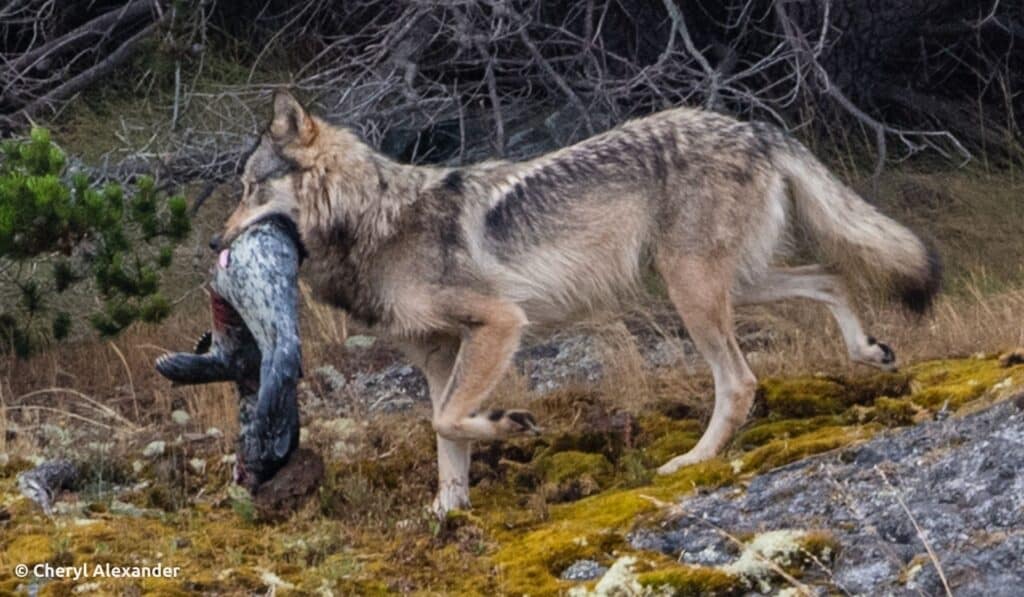
I met with Cheryl over Zoom earlier this month, seven years after her last interview with Project Coyote. A lot had happened in that time, both in Takaya’s and Cheryl’s lives. She spoke at a thoughtful, measured pace, punctuated by moments of passion or humor, her eyes glistening with wonder for Takaya and his island environment. She had been visiting the Discovery and Chatham islands for over forty years—but when Takaya arrived, her connection to the region reached a new level.
She described to me one especially profound moment she experienced in the presence of Takaya back in 2019.
“One of my daughters had a very serious illness that we thought might be cancer in her ribs,” said Cheryl. “She had been in pain for many years. It was a really hard time for me.”
Eventually Cheryl’s family received the diagnosis: her daughter had a lesion spanning two of her ribs—not far from her heart—and would need to undergo a risky surgery to remove them. The day before the surgery, Cheryl took her boat out to the islands to look for Takaya.
“I just felt like I had to be by myself in the healing space of nature,” she recalled. “Over the years, I had gotten to the point where I almost had a sixth sense of where Takaya would be—he could be on any of several islands, and each time I visited I never knew which island he would be on or whether I would see him. But this particular morning, I felt really strongly that I knew where he was. I went directly there. It was just before dawn, and I came around the back side of the island and there he was, up at the top of the bluff. It was just as I’d pictured him.”
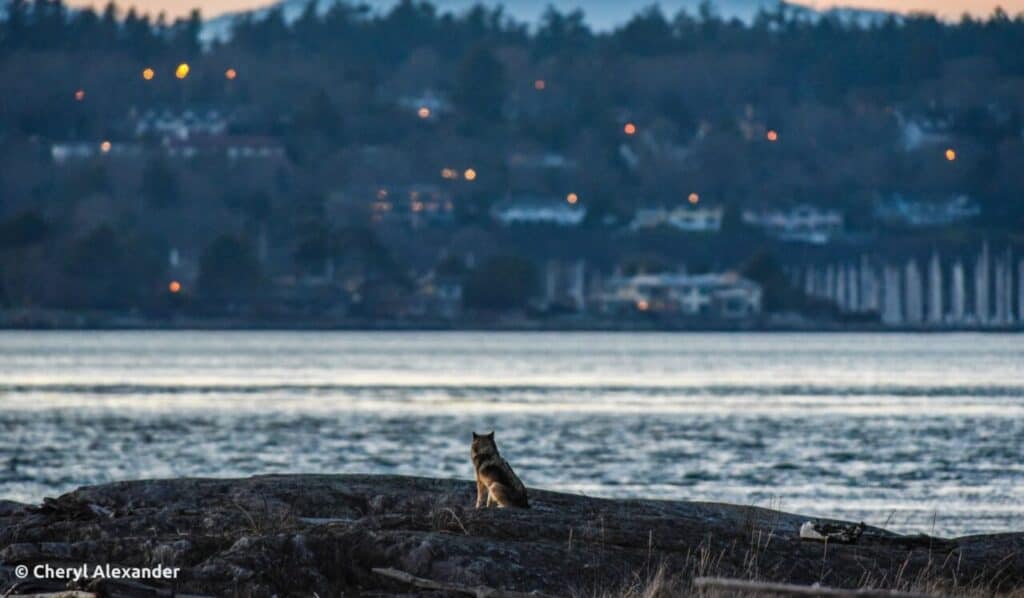
According to Cheryl, the officers left him along the upper reaches of a river at the end of a logging road, far from the coast and from any of his familiar food sources. “He was an old wolf, and it was in an area where there were other wolf packs, which would have been a big danger to him,” she said. “It was also in an area where there were people, including hunters and trappers, and that’s where they put him. I was really angry and disturbed about it. They refused my input.”
Takaya miraculously adapted to his new land-locked environment, quickly learning to hunt beaver and navigate the local river. He was eleven years old by this time, thriving well past the typical 5-7 year lifespan of a wild wolf. Takaya had proven to be highly intelligent, resilient, and—as it turns out—stubborn. Although an accident shortly after his release had broken ten of his ribs, he survived and within weeks, he was on the move. People started spotting him along forest edges and roadsides, moving swiftly in the direction of his islands.
It’s possible the savvy, determined lone wolf would have made it back, if it weren’t for the cougar hunter he ran into while crossing a private forestry road on March 24th. Takaya made no move of fear or aggression. He just stood still and stared calmly at the hunter and his dogs; whether it was out of curiosity, a desire for connection, or plain exhaustion, we’ll never know. The hunter brazenly pulled out his rifle and shot Takaya down from a distance of 15 meters. It was deemed completely legal by the conservation officers. A necropsy performed on Takaya’s body shortly after showed he was quite healthy, his stomach full of beaver.
Takaya’s tragic death shocked the world, sparking anger and grief.
Cheryl was shattered. Her worst fears for Takaya had been realized. But, like the stoic sea wolf who beat the odds for so many years, Cheryl was resilient. Buoyed by the heartfelt letters and works of art she began to receive from countries all over the world in honor of Takaya, Cheryl vowed to keep Takaya’s legacy alive.
“What happened to Takaya turned me from an advocate into an activist,” Cheryl said. “For years, my aim was to inspire people through the beauty of wilderness and wildlife. I would be in awe of what I was experiencing, and wanted to share that, thinking that by sharing I would convince other people to love nature. Since Takaya, I’ve learned that it’s not enough to value and love wildlife and wilderness. We’ve actually got to fight for it. The last four years of my life have been dedicated to ensuring that Takaya’s legacy continues to grow, and that it can be used to effectively change policies and attitudes towards wolves and wildlife in the future.”
In those four years, Cheryl has at times been ignored, ridiculed, or even violently threatened by members of various hunting and gun-owning communities. Channeling the strength of Takaya, she refused to back down. On her side were millions of people who found inspiration through Takaya, and who believed that wolves (and other wild carnivores) deserve to live. Many Vancouver Island residents have banded together to host art shows, wolf howls, and political rallies to memorialize Takaya, and to support protections for his brethren.

Just this year, an incident occurred that once again brought Takaya to the forefront, years after his death. Cheryl discovered that a local big game hunting company was using her famous, iconic Takaya image to advertise their guided wolf hunts. Using the photo without permission was not only a blatant copyright infringement, but also a complete affront to Takaya’s legacy. Cheryl channeled her anger into action, seizing the opportunity to again advocate for wolf conservation.
“You’ve got to seize these moments to get information out there to the large mass of people who don’t understand what is happening in our wilderness areas and to our wildlife, and particularly to carnivores like wolves,” said Cheryl. “Many have no idea that wolves are hunted like this.”
Despite many setbacks, Cheryl and many of her partners and colleagues have made headway in raising awareness and strengthening protections for wolves on Vancouver Island, and are beginning to influence broader policies in Canada and beyond. Still, even though the gray wolf subspecies found on Vancouver Island is listed as endangered, wolves can still be legally trapped and hunted.
I asked Cheryl what she thought was the most effective way to dispel people’s misplaced fears and animosity towards wolves, and replace it with awe and respect for life. She emphasized the importance of telling stories about individual lives like Takaya’s. Our tendency as humans is to glaze over when we are overwhelmed by numbers and statistics; but when we learn about the injustices faced by an individual, or the challenges they’ve overcome, we naturally build an emotional connection. Empathy takes root. That’s where real change can happen.
“I really do think that we need these stories of individual animals that help us understand them differently than if we’re just talking about a population of wolves,” explained Cheryl. “That’s what Takaya has contributed. He had a life. It was an amazing life. It reminds us that all wolves—all animals—are individuals, and have these incredible lives. We don’t usually know about them. But Takaya’s life was able to be known.”
It’s true; stories like Takaya’s, or that of the Alaskan wolf, Romeo, the beloved ‘06’ female wolf in Yellowstone, and the mountain lion P-22 that captured the hearts of Los Angeles residents, bridge the gap between human and animal in ways that facts and data can’t. Many of these animals continue to live on through stories, art, and local culture. Takaya, certainly, has left a huge impression—and a gaping hole in many local hearts—on Vancouver Island, as art installations across the community can attest.
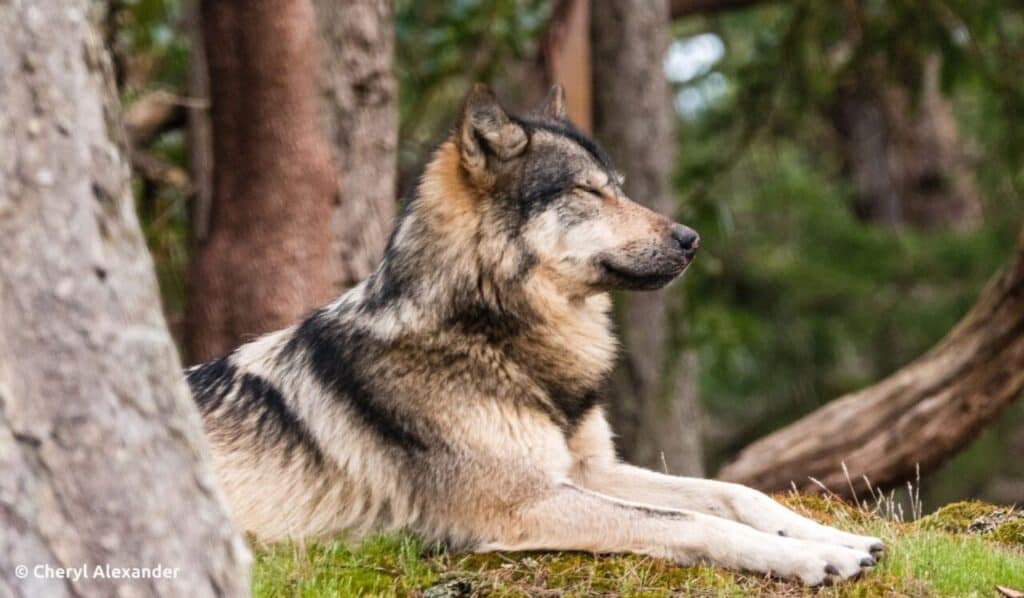
Cheryl is currently working on a second book about her relationship with Takaya, and a production company is interested in making a feature film based on Takaya’s incredible story.
The way she sees it, “the close connection with wilderness and wild creatures is what can work toward the protection of them in the future. You see it all the time; Yellowstone is a classic example. People long to see the wolf. They long to have some connection with the wild in the world. Of course, you also have the opposite, which is people who want to kill the wild. And so it’s that tug of war that I strongly believe we have to win, because otherwise we’re going to lose wildlife in the world, and ultimately we’ll lose ourselves.”
As state and federal governments in Canada and the United States prepare to set policies that will determine the fate of wolves for decades to come, it will be more critical than ever to remind people not only about the ecological importance of wolf populations, but also about the individual animal lives destroyed by hunting, the family ties ripped apart, and the potentially devastating consequences to wolf social structure.
Our fascination with stories of perseverance and triumph may be what ultimately helps save wolves and other wild carnivores. Through these stories, we find common ground, build emotional connection, and see animals as kindred spirits, rather than mysterious creatures. In short, we see ourselves reflected back at us.
As Cheryl put it: “We are intimately connected to the wild part of the world. We’re still, in some ways, very much wild ourselves.”
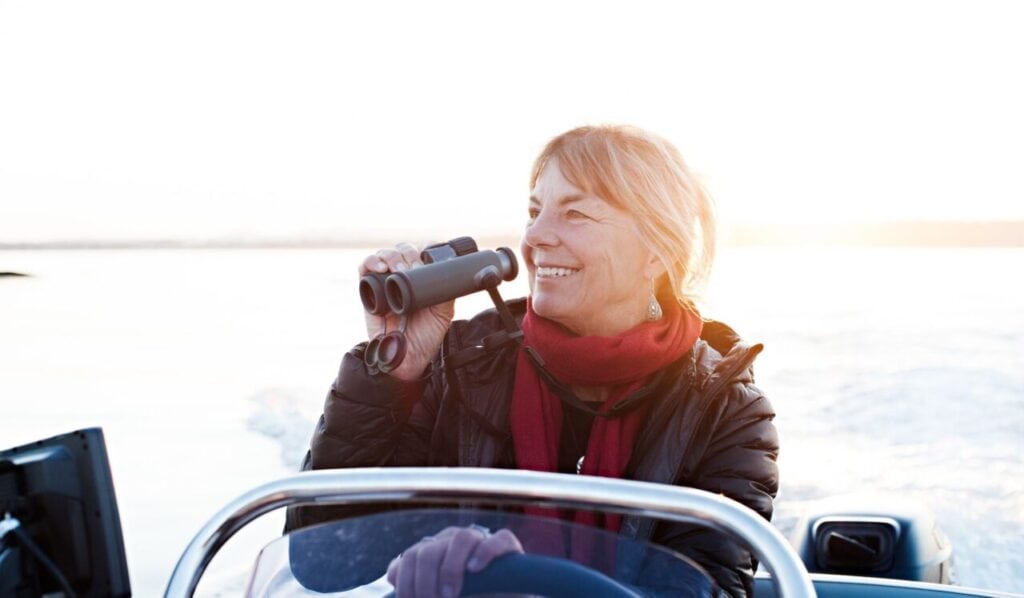
Cheryl Alexander is an award-winning conservation photographer, videographer, and amateur naturalist living on Vancouver Island, British Columbia. She has lived and worked in the Maritimes, Fiji and Egypt, and taught Environmental Studies at the University of Victoria. She currently works worldwide to ensure protection of wilderness and wildlife. Cheryl’s past projects include protection of the Wild Coast in South Africa and an initiative to list the Salish Sea as a World Heritage site. She has completed a book about the life of Takaya and her experiences with him, and is currently working on a second. She also produced a documentary about Takaya’s life on the islands (in the U.S., the film is available on Vimeo; in Canada you can watch it on CBC Gem). Since Takaya was killed in 2020, Cheryl is more committed than ever to using his legacy to make a difference for wolves and wilderness.
